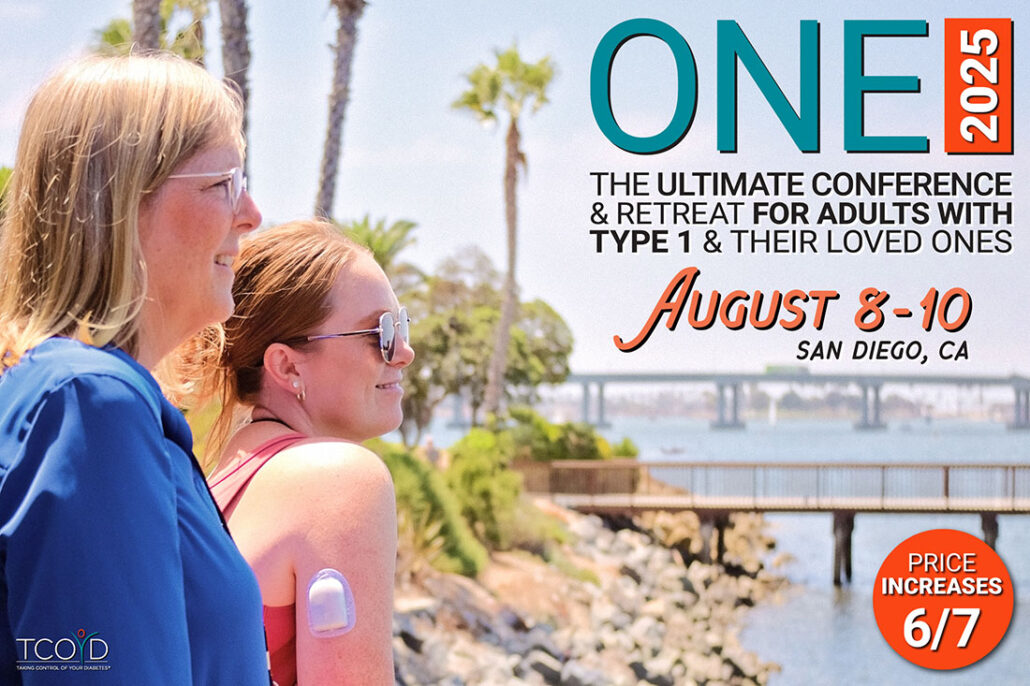
EP 78: Dermatological Issues: How Diabetes Affects Your Skin
with Board-Certified Dermatologist Dr. Tanya Nino
People living with diabetes often focus on managing blood sugars, medications, and diet — but skin health is an equally important and often overlooked part of the picture. In this episode, Dr. Steve Edelman sits down with Dr. Tanya Nino, a board-certified dermatologist, to explore the skin conditions commonly seen in people with diabetes. From everyday concerns like dry, itchy skin to more serious fungal infections and rare complications like necrobiosis lipoidica, Dr. Nino offers clear explanations, helpful tips, and guidance on when to seek medical care. This episode is packed with practical advice to help people living with diabetes better protect and care for their skin.






Wow! Excellent Podcast and information. Thank you for sharing. I am a registered Dietitian and thro all my days of practice have seen so many skin conditions on my patients during nutrition education!
My family has members with DM2 and all the information shared are so educational and useful.
How about HS – Hydroindisis Sppruva ! Is this also sever Candiditis if the person has insulin resistancy and obesity?
Thank you for sharing your input. I personally follow your podcasts and conferences. I am retiree of UCD Health.
Regards,
Maryam Nabavim MS, RD
Thanks for the note Maryam. We really appreciate it so much. HS I do not believe is associated with diabetes, and I am sure you looked online but this is the best that I saw. I am sure PWD can get it but it’s not usually talked about as a diabetes-related skin condition.
Hydrosadenitis or hydradenitis is a chronic, autoinflammatory skin disease, with outbreaks of varying intensity, characterized by the presence of boils, painful nodules and/or abscesses predominantly affecting the large body folds, especially the axillae, groin and anogenital region. It may progress to a chronic inflammatory state with formation of fistulous tracts, malodorous discharge, dermal fibrosis and hypertrophic scarring.
I’m surprised that Dr. Nino only has one Type 1 patient with NLD. I’ve had NLD since the early 90’s and was treated with steroid ointments before (and after) steroid injections around the entire plaque. I’ve been in remission for a decade but I still have to keep an eye on it, don’t bump it. My other skin issue is psoriasis. Also treated with a steroid ointment.
Thanks for the note. It seems to be getting less common and I do not see it with my patients, but us old timers seem to be affected the most.
What about what my NP calls “old age barnacles of life”? Small rough lesions.
I am white, 68yrs old, type one diabetic.Are they more common to my type?
Super annoying to me. I’ve had very nice smooth skin my whole younger life. Feeling these on my skin now really bothers me.
Any way to prevent or treat? What’s the best way to remove?
Getting older is a bitch! I am right there with you. My BIG AND IMPORTANT SUGGESTION IS TO SEE A DERMATOLOGIST!! He or she can look closely at them and answer all of your questions and suggest therapy. Your NP should have referred you. Shame on them if they did not.
Thank you so much for this podcast subject on skin issues with diabetes. I’m a type 1 age 67. Lightbulbs in my head were going off while listening to this! I had to listen to it twice to get all the med suggestions.
You should have Dr. Nino back for part two!
Good idea! We thought she was great too. Thank you so much for your comment! 🙂
I have had Type 1 for 14 years (diagnosed at age 66) and I have developed dry patches, which I rub with Cerave, but it doesn’t help the patches at all. Any ideas?
BTW, I”ve been a huge fam of you and TCOYD for almost all the 14 years I’vehad diabetes!!!!! You are always much more informative than any Endo I’ve seen!!!